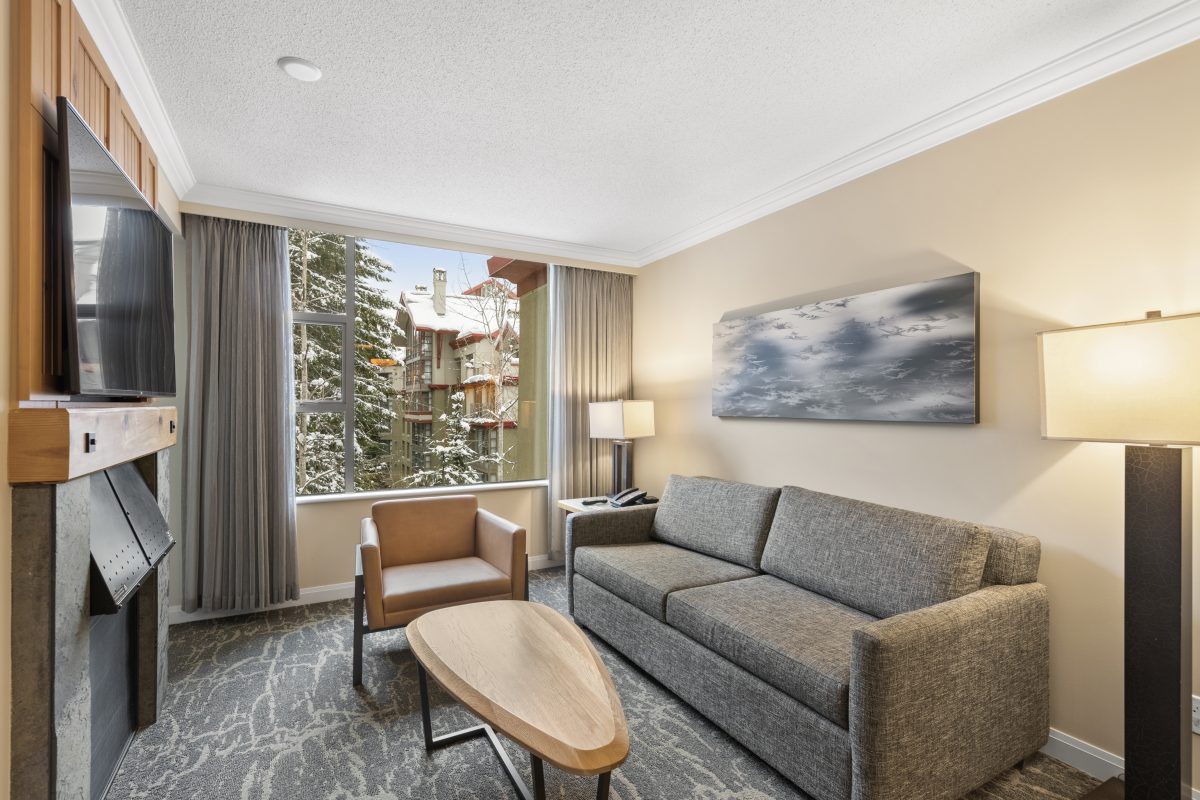Virtual staging plays a transformative role in real estate by digitally enhancing property images. Then it makes them more appealing to potential buyers. It involves adding furniture, decor, and design elements to vacant or outdated spaces, showcasing the property’s potential without the need for physical staging.
This technique is cost-effective, flexible, and allows real estate professionals to target specific buyer demographics with tailored designs. It is an impressive tool, but it does come with its own set of challenges. Today Qblends will share with you some common ones.
Virtual Staging: Common Challenges

Accuracy in Design:
First of all, we have to face the accuracy in Design. It means that if the virtual staging doesn’t match the actual dimensions and layout of the space, it can lead to buyer disappointment during in-person visits.
Over-Staging:
Next, while many agents choose to outsource them to editing company, many of them edit by themselves. SO we usually have some problems like over staging. Overcrowding a space with too many virtual furnishings or decor can make the room appear smaller and less appealing.
Maintaining Realism:
In addition, Poorly executed staging, such as using low-quality graphics or unnatural lighting, can appear fake and drive potential buyers away.
Ethical Concerns:
If the virtual staging drastically alters a property’s condition or hides flaws, it might lead to mistrust among buyers.
Cost and Time:
Then, about the cost and time, though often cheaper than physical staging. But in order to get high-quality virtual staging, it still requires skilled professionals and time, particularly for customization.
Buyer’s Perception:
Last but not least, some buyers might prefer seeing a physically staged home or may struggle to visualize themselves in the digitally enhanced property.
If you need more information about staging service or our special offer, please feel free to contact us cs@qblends.com.
